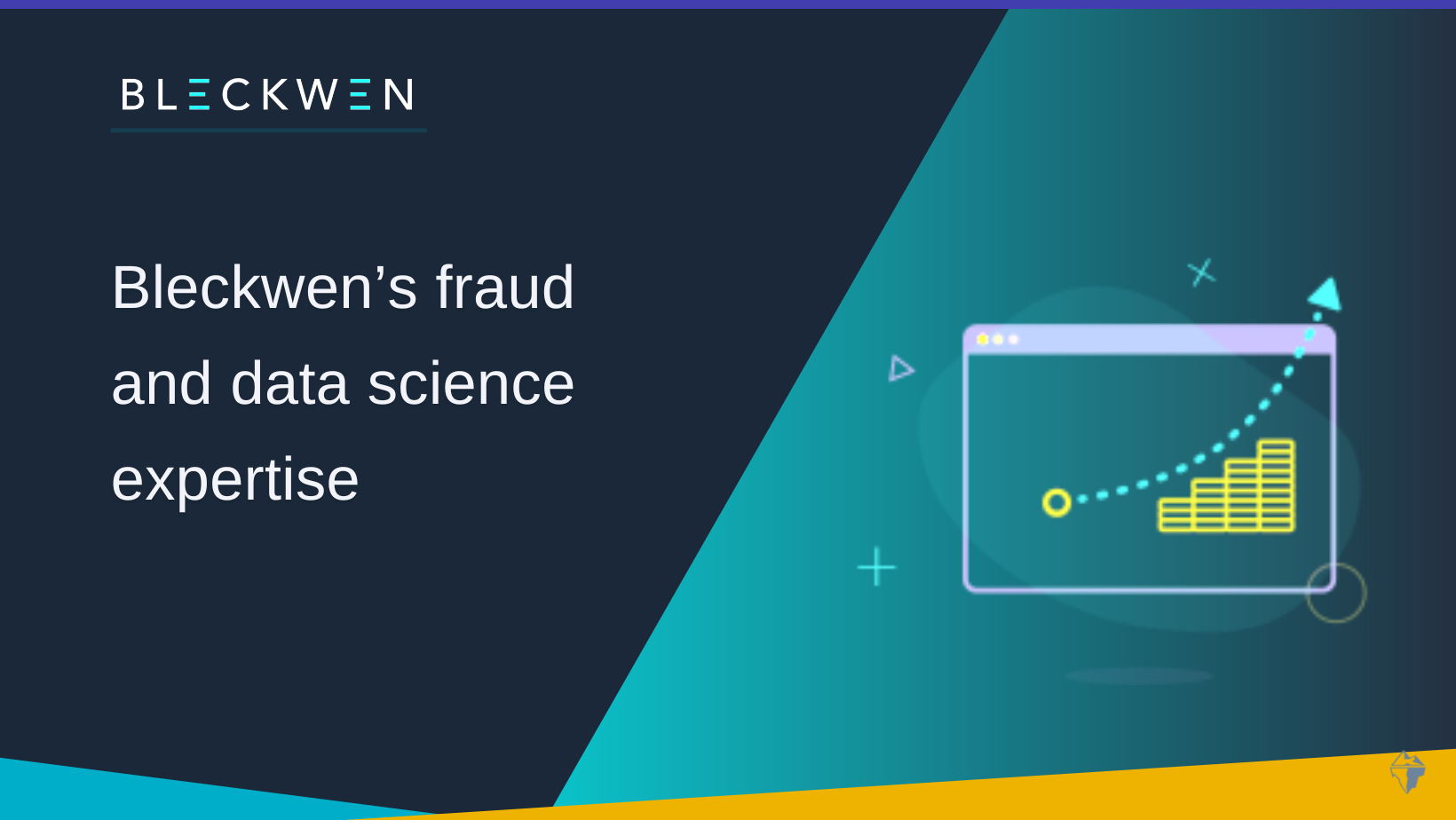
What you need to know about false positives and customer journey

When looking at a customer's journey to purchase a product, many elements need to be analyzed to understand their profile and buying behavior toward revolving credit. A credit limit sets the maximum amount of credit allocated to your account. You can either pay off the debt in full after each billing cycle, carry it over from one month to the next, or "roll" the balance. You must make a minimum monthly payment when you roll over a balance. This can be a fixed amount or a percentage of your overall compensation, whichever is higher. Other charges, such as annual fees, origination fees, or costs for missing or late payments, may also apply. You can find the details in the small print of your revolving credit agreement.
Credit cards, personal credit, and mortgage credit lines revolve around recognition. A credit line allows you to withdraw funds from your account up to your credit limit, and when you return them, the amount of credit available in your account increases. In addition, a company may suspect fraudulent activity for many reasons. Perhaps a regular customer places a larger order than others. Maybe the orders come in quick succession and for lower than average amounts. Taking a risk on these orders could lead to fraud, but rejecting these orders could also lead to false positives.
According to Equifax, there are five critical stages in a customer's digital journey:
- Awareness
- Consideration
- Acquisition
- Service
- Retention
Good customers create accounts or connect to existing accounts during the acquisition phase. They have gone through the stages of awareness and deliberation, recognizing that they want to buy something and navigating their choices across multiple websites. Customers show their intention to add items to their shopping cart, check out and place an order when they reach the acquisition stage. These orders are typically card-not-present (CNP) transactions in the digital customer journey. While all these elements are crucial, businesses are more likely to encounter false positives throughout the buying process. Companies that ignore the time it takes for customers to reach the acquisition stage create friction and lose money. We discuss three strategies for eliminating false positives and taking the guesswork out of approval or rejection transactions.
Change your perspective on false positives
According to Aite Group, false positives currently cost US businesses $443 billion. That's a lot of money to bet on the fear of fraud and suspected fraud cases. We overlook false positives because Internet companies are more concerned with fraud prevention than lost sales. However, this is not always the best strategy. The first step in eliminating false positives is to avoid fraudulent labeling orders. The goal is to look for reasons to approve an order rather than reject it. Once a company has changed how it tracks false positives, it can learn more about its false-positive rates. It can also look at customer data to see what specific orders look like. Also, apply AI based on a vast data network to help approve legitimate requests automatically.
Use AI and machine learning to develop a fraud protection solution
Companies that use AI and machine learning in their fraud protection strategy have access to a fraud consortium booting order approvals and reducing fraud-related risks. In milliseconds, AI and machine learning evaluate billions of data points, find relationships, calculate probabilities, and estimate risk using enormous computational and memory resources. This allows fraud detection systems to move to the next level of fraud prevention: prediction.
Use the Identity Trust platform to secure the entire customer journey
Businesses need to build identity trust at every point in the customer experience, not just to prevent fraud. Behind payments, account creations, and login events, a trusted identity platform defines the level of trust for each identity.
Considerations
The best choice will probably depend on your needs as a lender and what you are looking for in a detection system. In addition, many lenders will also have their preferences. Don't be afraid to try several options if you can. There is no guarantee that any one detection system will have a set of features that improve the efficiency of your lending process. At Bleckwen, we can detect fraud using artificial intelligence by learning from and improving on past examples. Our model compares your data to our sources, reassembling a single point of real-time scoring for fast lending decisions.
References
- Machine learning for fraud detection - Ravelin
- Reducing false positives in fraud detection: combining the red flag approach with process mining - Science Direct

.png)



_ccexpress.png)
